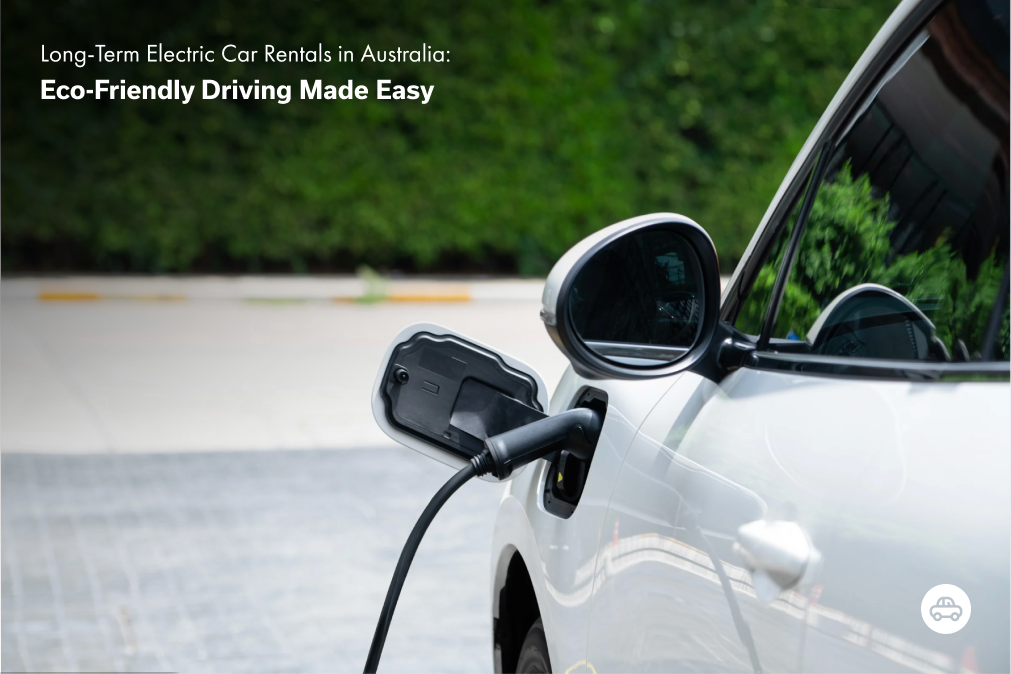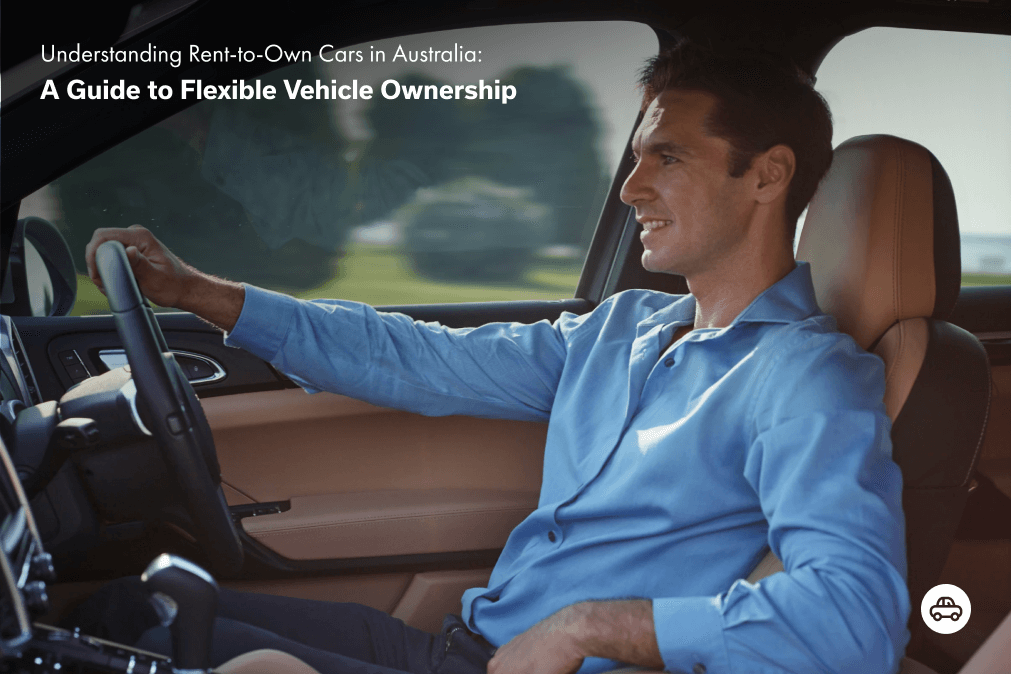If you’re a small business owner looking to build a fleet to help keep your organisation moving, how you finance those vehicles is a critical question.
In the past, many Aussie business owners have turned to leasing as the solution but with new options on the market such as car subscriptions, is leasing still the easy choice? In this blog, Carbar examines three key ways that leasing and subscriptions differ, helping you make the informed choice.
On this page:
Length of commitment
Want to lease a car? You’d better enjoy driving it. Leases can be an affordable way for businesses and their employees to access vehicles, but they aren’t the most flexible arrangements in the world. Leases can vary in length based on their type and the lessor, but broadly you can expect to commit to a particular vehicle and a lease structure for at least two years. In some cases, the minimum term may be as long as five years.
These lengthy terms can be a real cause of irritation for your business. A change in market, product or service could mean that the vehicle you’ve got no longer matches the type of work you need to do. With many companies not even maintaining a comprehensive business plan that far into the future, it’s extremely difficult to say that that vehicle will suit your business half a decade from now.
Car subscriptions offer an alternative that fits your organisation as it is now, with the ability to make changes later to ensure it stays relevant to how and where you operate. With no minimum term – only a two-week notice period for changes and cancellations – it’s the flexible way to keep your business moving.
Upfront costs
Many businesses pursue leases as a way to minimise their upfront costs and compared to purchasing or taking a chattel mortgage out on a vehicle, this can make a lot of sense. However, where it falls down is where you begin to compare it to other options.
Yes, it’s true that a lease requires less of an upfront expense compared to a traditional loan, but it can still require some degree of capital expenditure. Many lessors will require some kind of deposit as a security for the lease, often an amount equal to a one- or two-months’ worth of payments. For small businesses trying to strengthen their cash flows, an outlay of a couple thousand dollars simply to access a mission-critical vehicle could be more than they can afford.
By comparison, you can get a car subscription through your business with Carbar without an upfront fee, allowing you to start driving sooner and with less stress.
Accounting requirements
Leasing may have been the preferred way for Australian businesses to build a fleet in the part, but recent changes to reporting standards could affect that. In effect from financial year 2019-2020, AASB 16 – a document issued by the Australian Accounting Standards Board – lays out new bookkeeping requirements for businesses making use of leases.
Previously, the costs of these leases could be kept off the balance sheet, minimising your reportable debt. AASB 16 requires that businesses now record the costs of use of the leased asset and the associated benefits on its balance sheet. This has two key impacts: Firstly, it dramatically increases the amount of reporting required by businesses leasing vehicles. Secondly, it potentially affects your ability to access credit, as your business will now have to record significantly more in debts on your books.
Car subscriptions are not affected by the changes contained in AASB 16, meaning that any business looking to keep its fleet management simple and its reportable debt low might want to consider making the switch.
If you’re interested in learning more about how Carbar can make fleet management simpler and cheaper for your business, start a conversation about our Carbar for Business service.
Register your business today and join the Carbar revolution.





